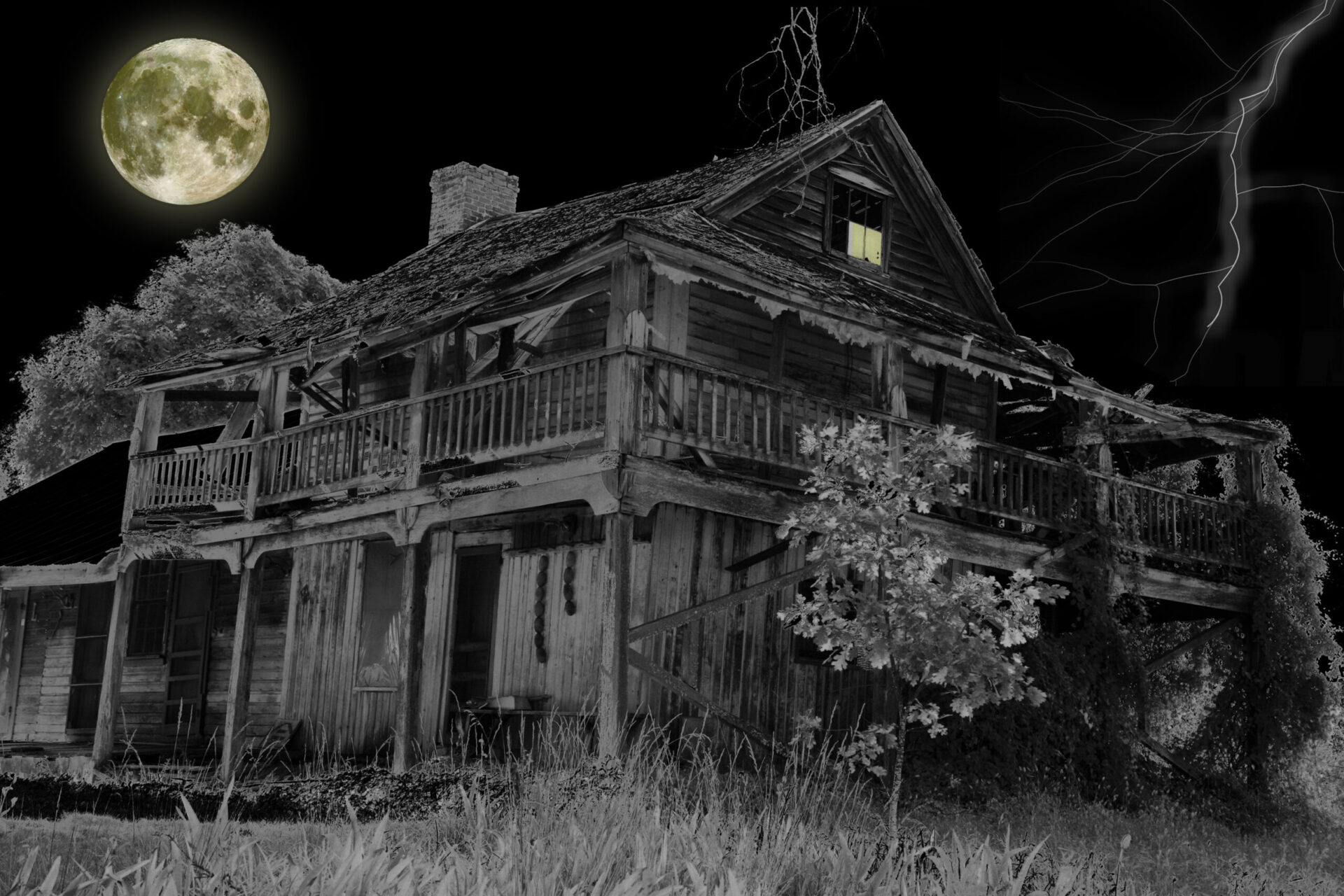The number of “zombie” foreclosures hardly budged this quarter, though increases are expected to come, according to a report from ATTOM Data Solutions.
Properties that are both vacant and in the foreclosure process, known as “zombie” properties, make up 3.3% of foreclosures. Zombie properties are most common in the Northeast and Midwest. New York has the highest rate, followed by Ohio, Florida, Illinois, and Pennsylvania. And 7,432 property owners vacated their homes in Q2, down from 7,538 in Q3 2021 and from 7,612 in Q4 2020.
That number is down both quarter-over-quarter and year-over-year (YOY) in 25 states. Georgia saw a 29% drop in zombies from Q3 to Q4, while Kentucky, Illinois, Connecticut, and Oklahoma all saw drops of over 5%.
Overall vacancy rates dropped 1.33% in Q4, and have declined in all 50 states YOY.
“Zombie foreclosures are in a holding pattern this quarter – at least for now,” said Todd Teta, chief product officer with ATTOM. “They’re still totally off the radar screen in most parts of the country, with none in most neighborhoods.”
But Teta also warned that zombie counts “stand at a precipice” and will likely rise in the coming year. Foreclosures are up 3.6% from Q3 and 11.6% YOY. Lenders are once again able to take properties back from owners who are behind on payments.
“How much and how fast that happens will depend on how many delinquent homeowners can work out repayment plans,” the report reads.
The five metros with the highest concentration of zombies all topped 10% this quarter. Portland, OR’s share is now 15.3%. Wichita, KS follows close behind at 15%, and Cleveland, OH, Fort Wayne, IN, and Honolulu, HI have also joined the 10%+ club.
“Foreclosure activity already is on the upswing. So, depending on how fast cases wind through the courts, it’s probably just a matter of time before zombie properties begin creeping back into the mix,” Teta said.
But the foreclosure rate may sound scarier than it actually is. Scheduled auctions or bank repossessions are up 34% from the previous quarter and 68% from a year ago, but those increases are from historic lows, as forbearance relief artificially lowered the numbers.
“[W]hile we should see some foreclosures, the likelihood is that there will be far fewer from a percentage basis due to the ability to sell a home versus default, or stay in the home due to far better workout options and higher re-employment,” David Stevens, former CEO of the Mortgage Bankers Association and former FHA commissioner in the Obama administration, told CNBC.
Rick Sharga, executive vice president at RealtyTrac, an ATTOM company, voiced a similar view regarding this latest ATTOM report.
“Market dynamics – strong demand coupled with historically low inventory of homes for sale – suggest that we shouldn’t see a significant increase in zombie foreclosure properties anytime soon, even with foreclosure activity increasing,” he said.
“Most financially-distressed homeowners should be able to sell their home rather than go through a lengthy foreclosure process where they’d ultimately abandon the property.”
